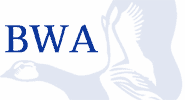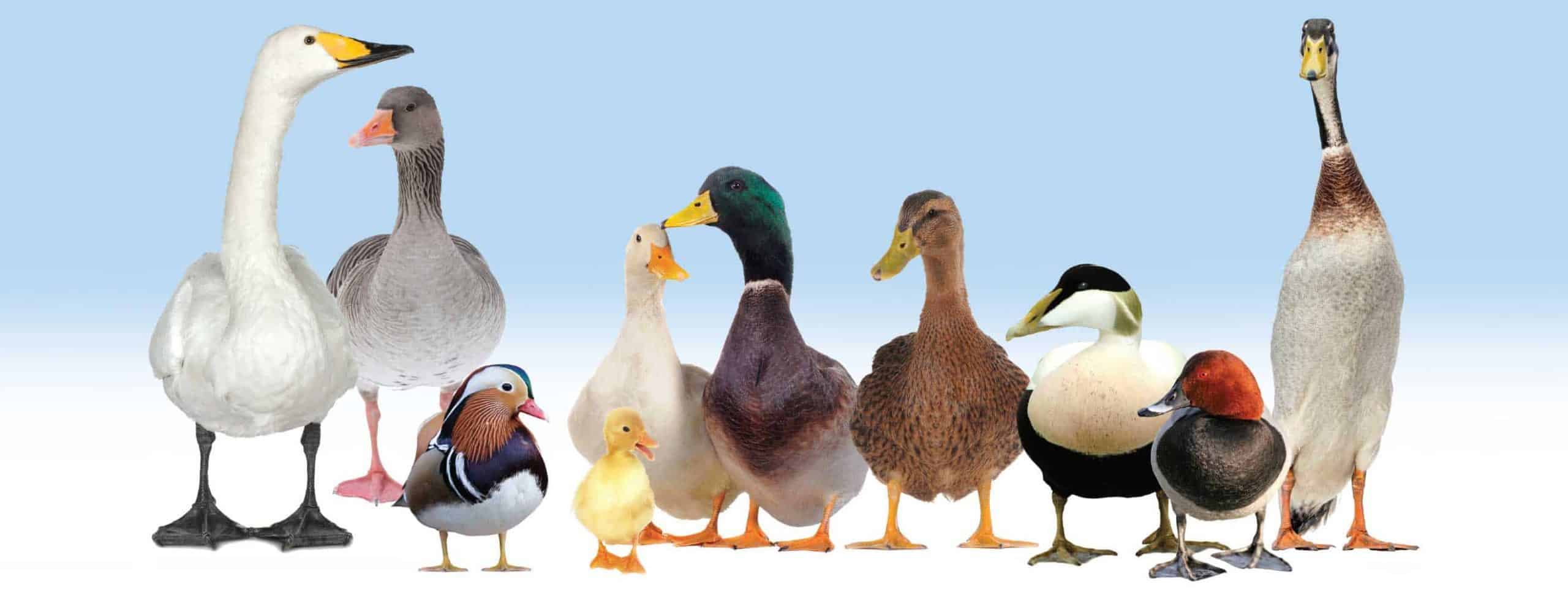Pal-Mates … weekend web tip
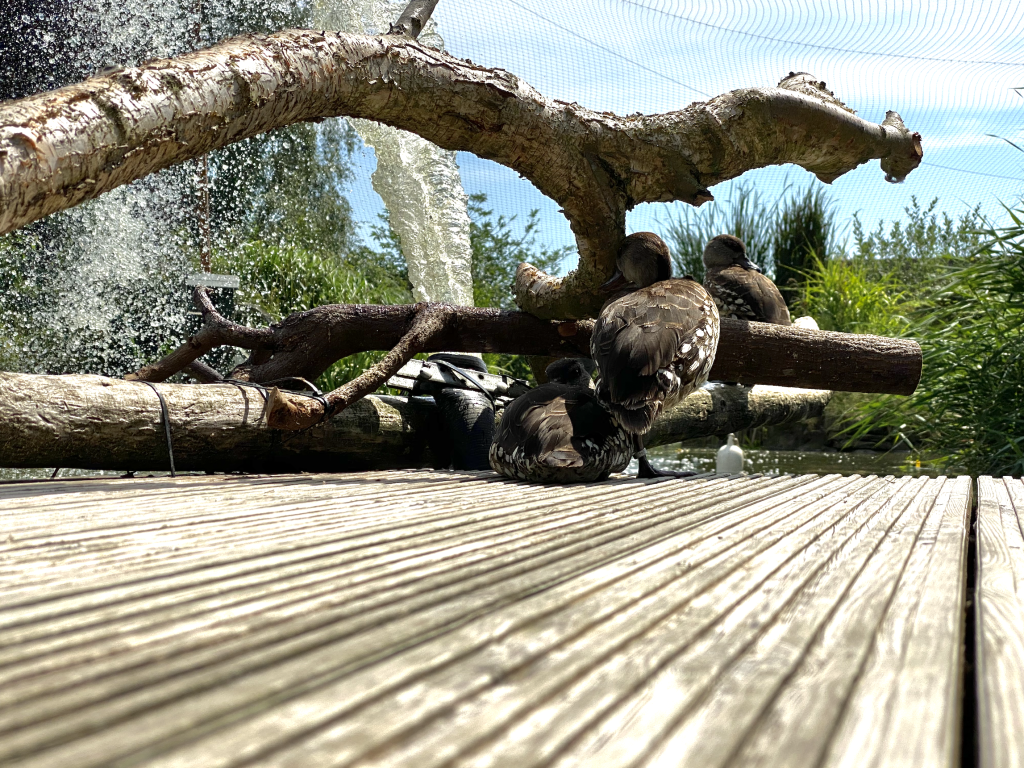
Clean water is really enjoyed by waterfowl. With continued high temperatures, here are tips to help waterfowl feel more comfortable: • Watch your birds and see where they choose to be • Most waterfowl will cope fine as long as they have constant access to drinking water and shade • Swimming water is helpful […]
Pal-Mates …weekend web tip
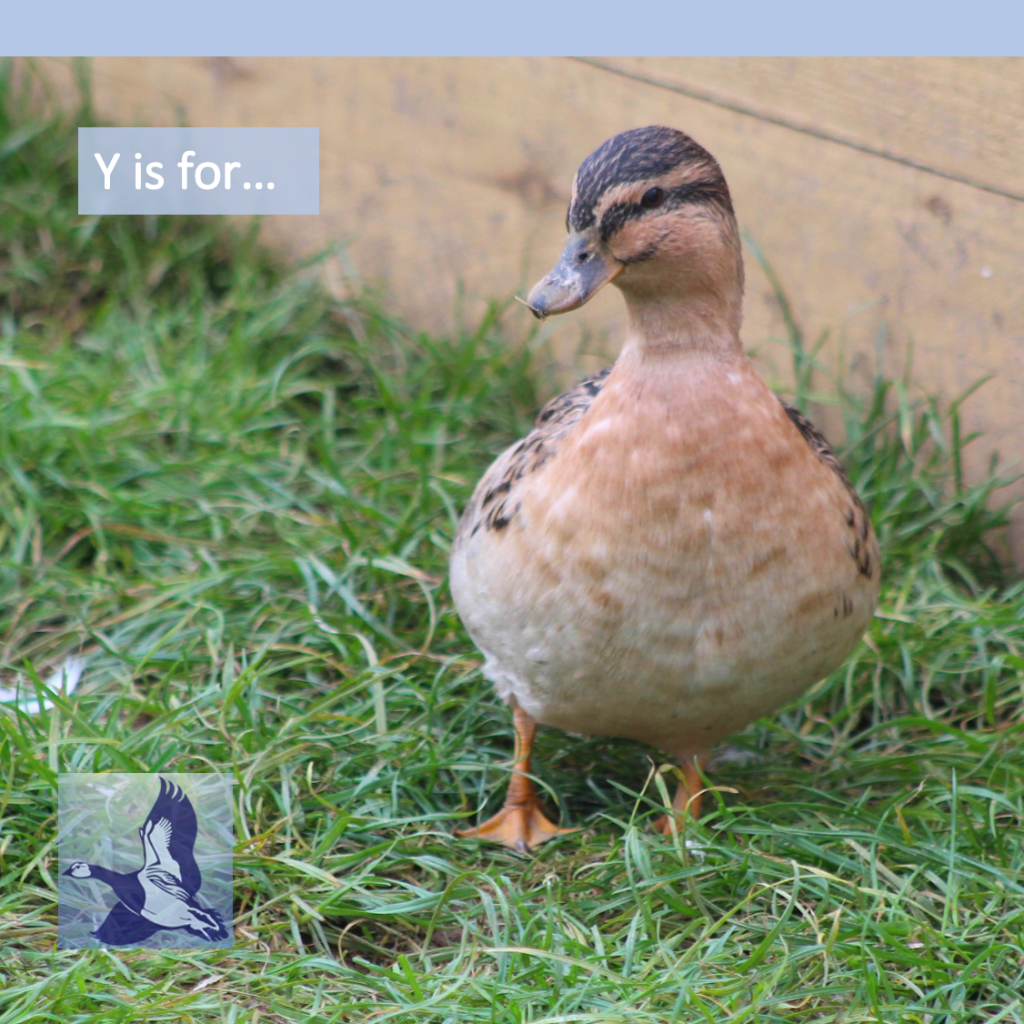
Pal -Mates …weekend web tip Y s for Yellow Belly and Yap Yap Yap!. The colour genetics of the Yellow Belly Call are not fully investigated, but these delightful little birds are certainly handsome. Topsides, that is above the waterline, they strongly resemble the wild Mallard colour. The ducks do have rich pinkish buff on […]
Pal-Mates … weekend web tip
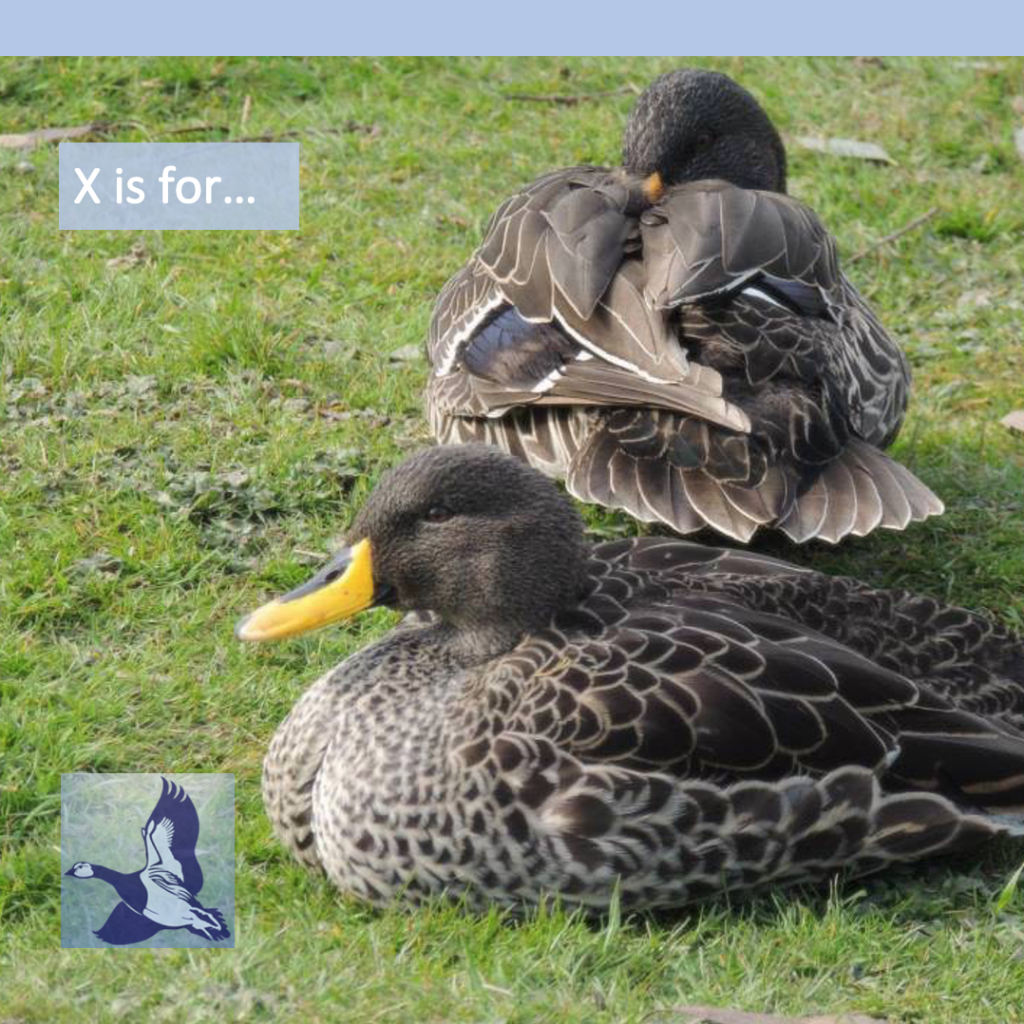
X is for Xanthophyll. Yes it’s a bit of a mouthful, but this is the pigment responsible for the yellow colour in egg yolks, and some of the yellows in skin colour. This is a timely reminder that laying birds have high nutritional needs to stay healthy. Although the shell colour for any breed or […]
Pal-Mates … weekend web tip

W is for wild, introduced or domestic? When we talk about wild waterfowl in Britain, we usually mean the birds ‘ordinarily resident’ here, in their wild colour and form. Some, like the Mandarin Duck (Aix galericulata) or Egyptian Geese (Alopochen aegyptiaca) have been released and have naturalised, but they don’t really belong here. Introduced species […]
Pal-Mates … weekend web tip

S is for substrate. Some waterfowl pull nesting material down from surrounding vegetation, crafting a beautiful nest. They might pull in straw from nearby if it takes their fancy. Some prefer a cavity; we usually line a box with nesting material to protect the eggs if it has a solid base. Good substrate materials […]
Pal-Mates … weekend web tip

Q is for Quill. The bare part of the central shaft of a feather, nearest to the body. As the true feathers start to grow in youngsters, the feather is surrounded by a sheath and has a regular blood supply. When these ‘pins’ as they are known, continue to grow, they are very […]
How our waterfowl can help with child development
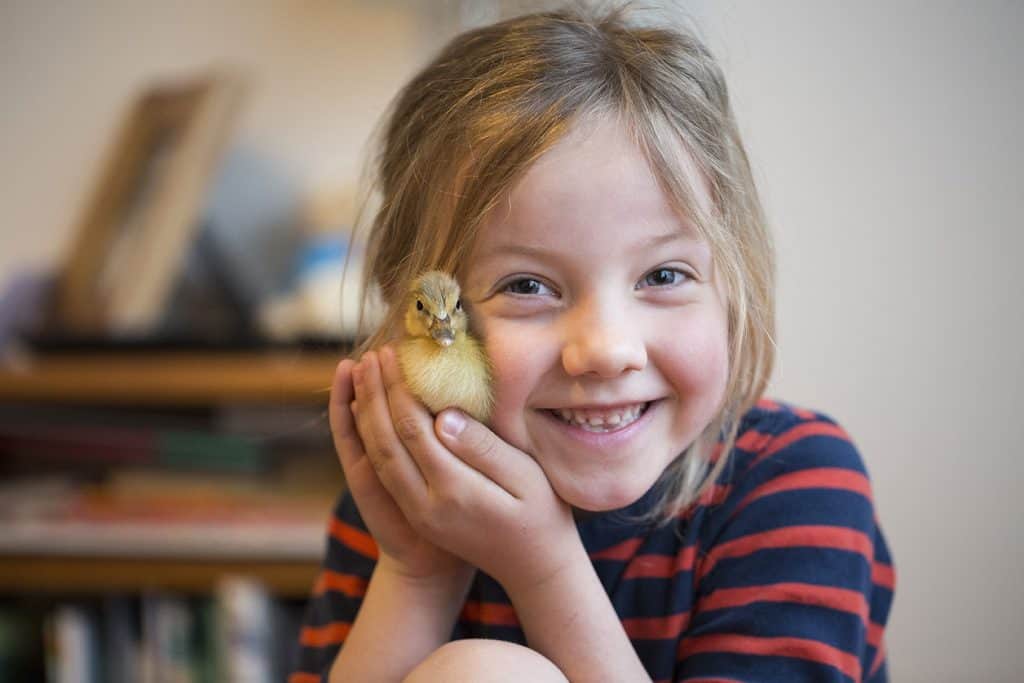
Animals in general can contribute several benefits to humans. Pets of many kinds may help lower stress, loneliness, and anxiety. They may even encourage their owners to exercise and live a healthy lifestyle. Animals may also help with children’s development. Early experiences influence your child’s brain, and their environment is essential for their language, cognitive, […]
Pal-Mates … weekend web tip
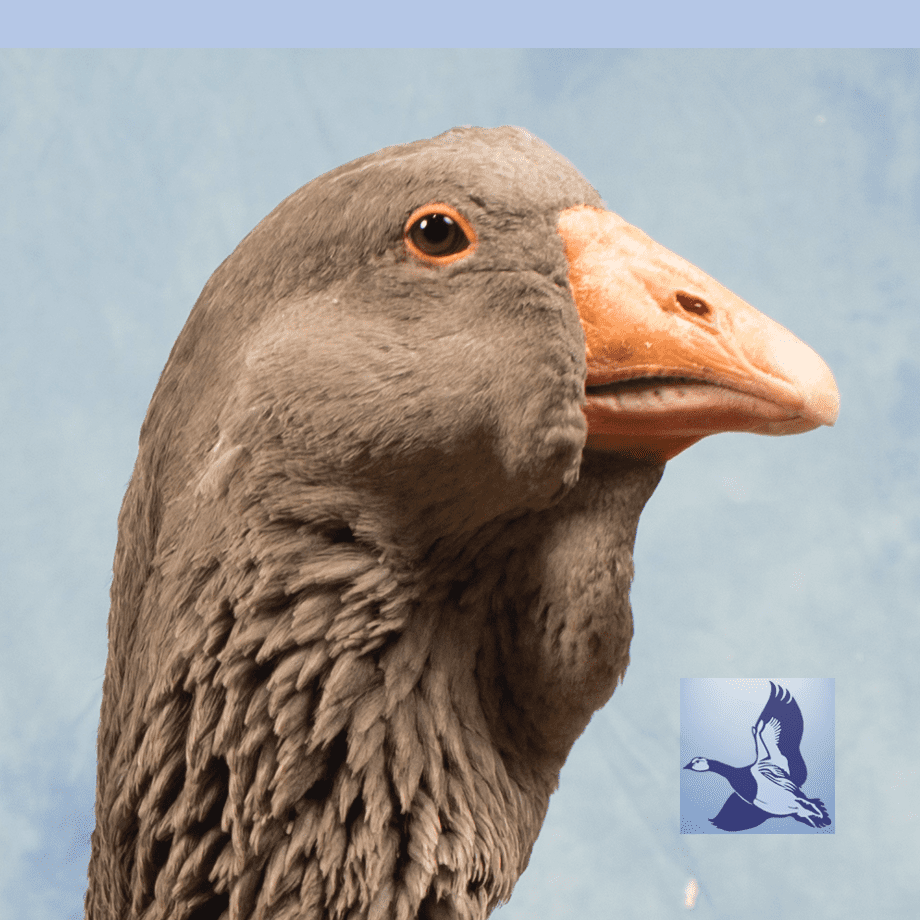
N is for… Nostrils or nares. The 2 holes in the upper part of the beak are the entry point to the mouth cavity for breathing air. At the back of the tongue is a slot which leads down into the larynx and trachea, closing firmly when the bird swallows. Food and water pass either […]
Pal-Mates — weekend web tip
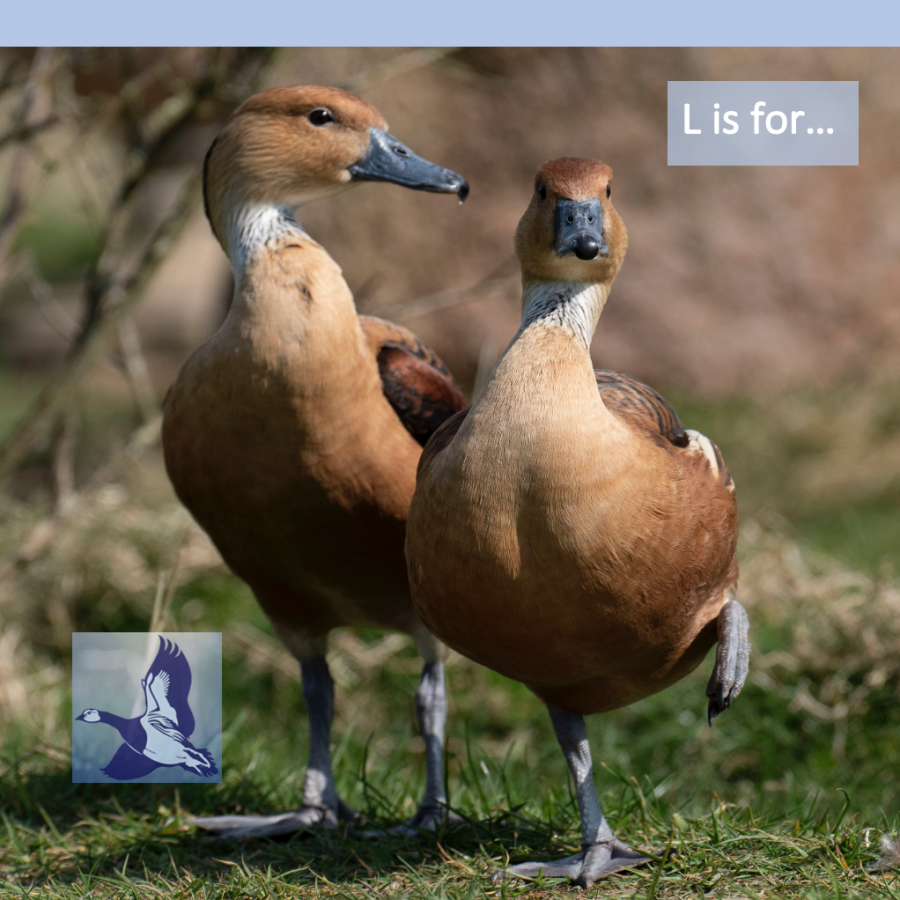
Limping or lameness. There are lots of reasons why waterfowl may go lame. Accident and injury, perhaps after being chased, painful feet because they have calluses or bumble foot, age related degeneration can all be causes. A high parasitic worm burden can also make birds limp, so worth considering if you notice a change in […]
Just starting with incubation?
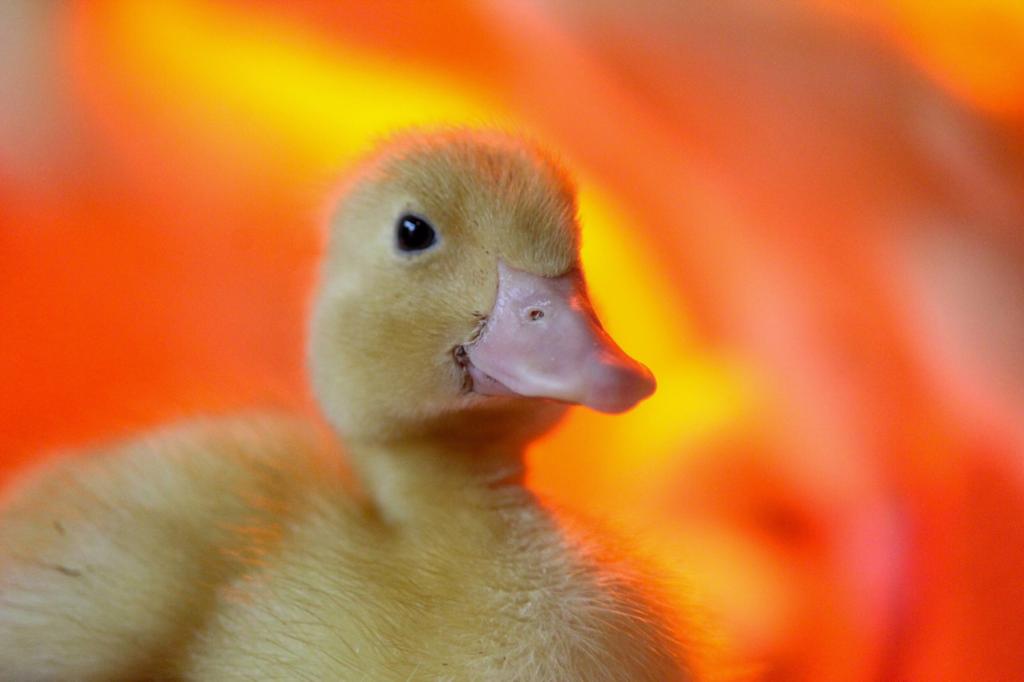
Our slide presentation on Facebook will guide you through the process. https://www.facebook.com/BritishWaterfowlAssociation/videos/639246863854504
